Our readers probably know Laurie Kane, co-founder of SolarPlus. Laurie works with the wider SolarPlus team to produce sales software for installers and professionals within the solar sector. We simplify the challenges of solar quoting, design, compliance and documentation to help more people switch on to clean renewable energy.
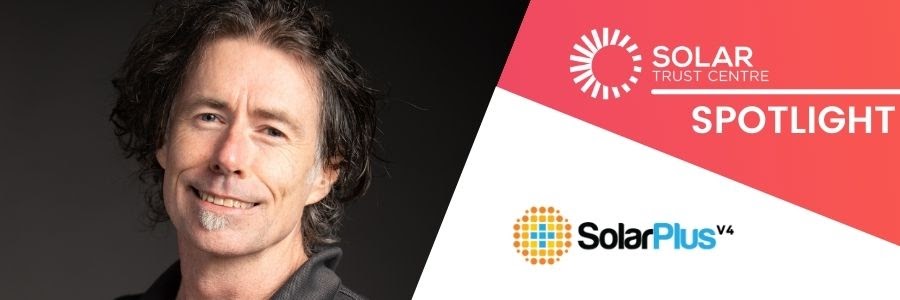
Alongside his history of starting the business with fellow co-founder Glen Morris, Laurie today goes by the title ‘Captain of Innovation’ within the SolarPlus team. The Solar Trust Centre recently connect with Laurie to do this interview. The following is a transcript of our conversation.
STC: What are you seeing in the solar industry?
Laurie Kane: What we’re seeing in the industry over the last few years and we’ll continue to see, is a consolidation of the many small installers into more mid-sized and some large solar companies, and to some extent similar to a trend that happened sometime back in the States. In Australia, we’re actually really fortunate that we’ve got a large number of accredited installers throughout the country, and a large number of well-trained and reputable installers, whether they’re small residential solar installers, off-grid solar specialists, large-scale commercial solar engineers or sales teams that work as part of a solar and battery retailer.
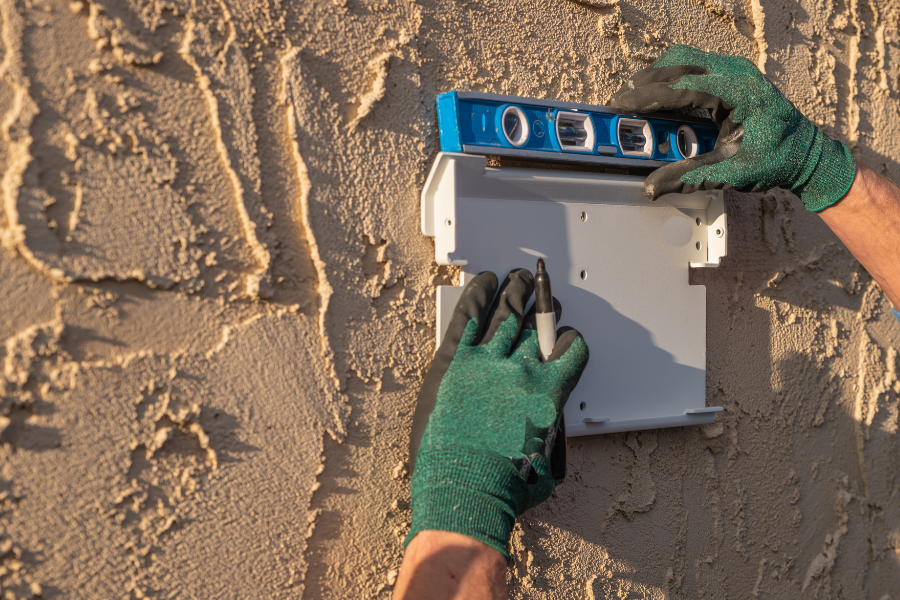
That consolidation is the result of strong competition and more small installers either teaming up or just forming up into a larger organisation, getting more sophisticated in the way they do things, and growing into bigger businesses. So that’s great for consumers. They’re getting more competitive offers, they’re getting a good service as a result of that competition, and more choice.
There are businesses that are specialising more in battery & storage systems or off-grid solar and battery design, or just offering a high-end range of products and services. And I think ultimately, consumers are getting better advice at the same time that they’re shopping for solar or batteries, and they should expect good advice and not just a product. A lot of installers a few years ago were essentially selling solar panels and inverters. They had come from an electrical background where it was more of a trade focus, and so they were selling the products that they were installing.
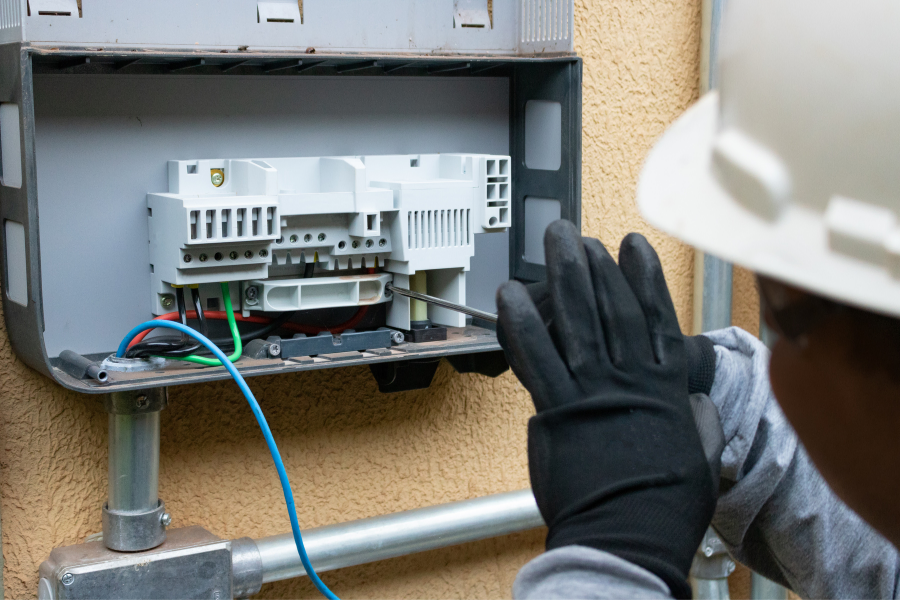
But eventually, as the industry matured, they started to reposition and see themselves more as solar and electrical advisors, and now more as energy educators and advisors, or even smart energy educators and advisors. Some now are even selling energy at the same time that they’re selling a solar solution. So all around, that’s a great kind of trend for consumers just to have that sort of transition in the industry to a higher level of service when they’re shopping around when they’re trying to learn about solar and what’s good and what’s bad.
STC: Do you think as a consumer, given that trend to consolidation, should they be wary of small solar installers? Is that a danger?
Laurie Kane: They should be wary across the board, or rather they should be aware that there’s good and bad at every scale among some smaller installers, even among some larger businesses. The industry has seen some poor quality workmanship, some poor quality products. There are good signs among that though. At the same time that we’re seeing that consolidation to perhaps fewer but more sophisticated businesses, there’s also fewer products on the market than there were in previous years, and far fewer cheap solar panels that did cause a lot of problems in the early days.
Generally, consumers now do a bit of research and look at sources like SolarQuotes. They are getting good information about good products, average products, some perhaps lower quality products, and so they get a bit of understanding and find out some of the questions that they should be asking installers in the process.
STC: Are there any indicators of a high quality product that could be used by consumers?
Laurie Kane: Compare the products that they’re offering with some of the reviews on a site like SolarQuotes. Check for the warranty of those products. There’s a little bit of education required in terms of differentiating when it comes to panels between a product warranty that may be anywhere between 10 and 25 years, and a performance warranty that’s always given over at least 25, maybe 30 years, but ultimately doesn’t mean as much. A product warranty is a complete replacement warranty, whereas a performance warranty is about the amount of energy that the panel will continue to produce.
STC: What about dealers themselves? What indicators can consumers use to find a good dealer?
Laurie Kane: When a dealer provides a quote, they should be providing something that’s more than a quote. It’s really a proposal for an energy solution. In that proposal, you should be able to see that they’re not just providing a costing, they’re providing some information to help you as a consumer understand what you’re buying, what sort of impact it’s going to have on your bills, what sort of lifetime return on investment you might get.
There should be quite a lot of education in there to help you make an informed choice. If there is a battery system being offered, you should have a comparison with an option just with a solar system on its own, because most of the benefits in terms of the payback of a system is going to be in the solar system. The battery system may provide other benefits, but they’re not so much financial. That brings up a whole other conversation really around battery systems and comparing the value of battery systems.
STC: What is the value of a battery system, given that it’s probably not payback on energy saving?
Laurie Kane: The value of a battery system does depend to some extent on what you as a consumer are looking for and what you’re hoping to achieve. You may be wanting to support a transition to clean energy, you may be wanting to have a more reliable power system so that you’ve got power if the grid goes down, you may be wanting to stick it to the big energy companies rather than exporting your clean solar energy back to the grid for no money or very little return, you may be wanting to store that energy for use at night and just be more energy independent.
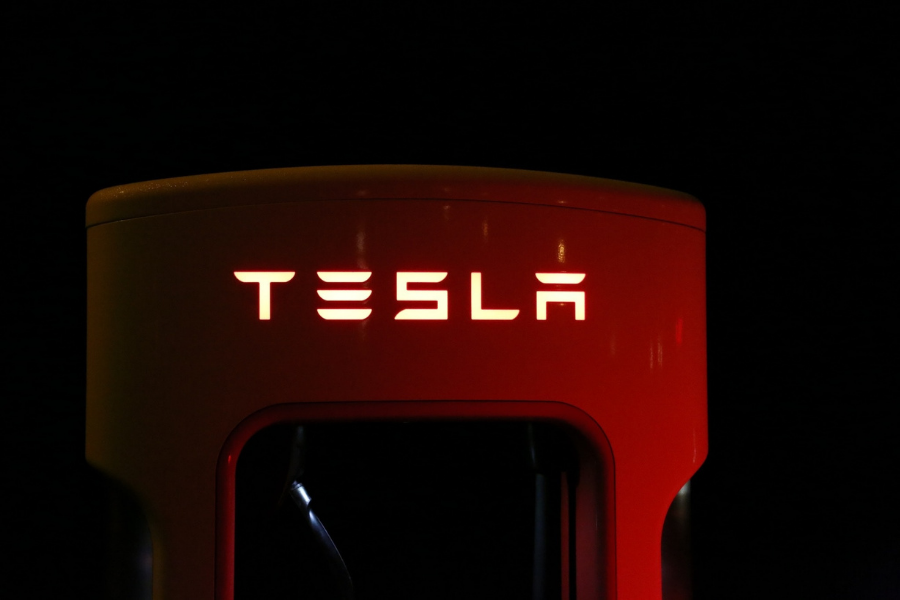
Depending on what you want as a consumer, a really good dealer should be asking a consumer about what they’re looking for, and not just providing off-the-shelf solutions without learning about what the consumer’s objectives are, and what their priorities are.
It’s a good thing from a dealer’s perspective too to be doing that, to ask first and listen. In the process, you might learn more about other offers they’ve had, and about the competition against what you’re offering.
But through that, as a dealer, you’re able to provide a much better service, understand what the customer’s looking for, and model things in a way that suits. So an important thing in providing a good service is having the ability to do good simulations of the particular scenario. You’re looking at that particular household with their energy demands, what each solution that’s offered is going to do for that customer, what the benefits are of that system, and whether it’s in terms of carbon emissions reduction or savings and financial long-term benefit.
STC: When someone’s getting a proposal, would it include all kinds of things such as roof layouts, aspect? What should a consumer expect to get in a good quality proposal?
Laurie Kane: Yes. They should see details of where the panels are going. They should have roof layouts so that they can see the orientation and tilt of the panels. They should see the production of that solar system for each month of the year so that they can see the variability from season to season. They should see how that system performs on an average day, and so have a sense of how much daytime and perhaps nighttime energy they’re getting out of the system, particularly important for a battery storage solution. If you’re wanting it to cover some of your nighttime energy when you might be paying the most for energy, you should be able to have a good idea of how long that battery system is going to last before it’s exhausted its energy.
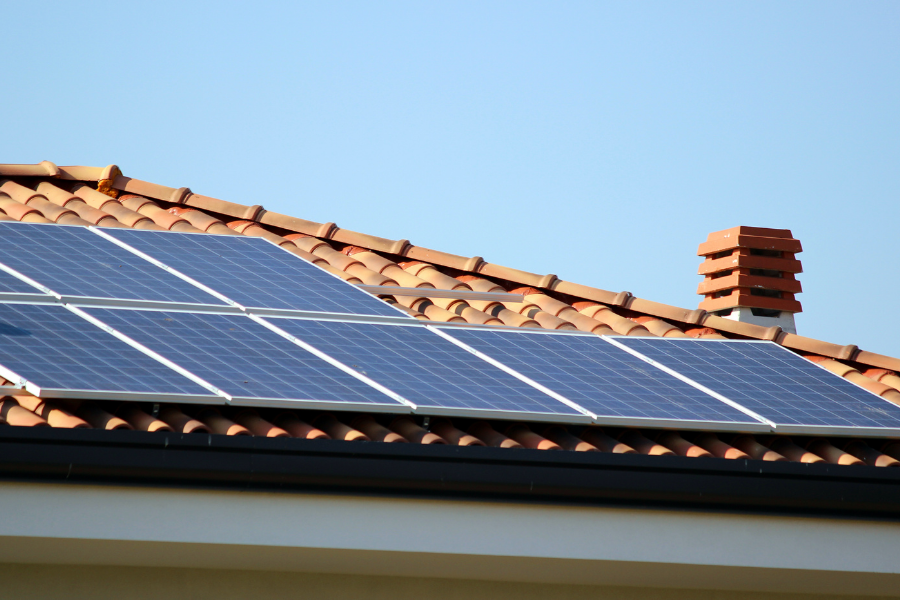
You should also have a good idea of the payback time of the system. In some cases, there are different finance offerings, so that should all be detailed. You should see the brochures for each of the main components that you’re being offered, so you can see details of those components and the specs for those components, and of course the warranty conditions for those components.
STC: You get to see across all the dealers that you work with, the kinds of proposals they’re sending out. Do you have a sense of the breakdown in terms of just panels or inverters, versus panels and inverters with batteries?
Laurie Kane: Last year we saw about 1 in 10 proposals that would have a battery system offered.
And it’s taken us maybe eight years since batteries started to be a bit of a thing, and so that’s a fairly slow transition. I would say, in the next year or 18 months, that will probably jump up to close to 20%.
That’s a good sign. It certainly is expected that new technology like battery systems, particularly the lithium battery systems that we’re mostly talking about now, have to be proven and they do have to show that they can last and develop well. Get to a stage where there are reasonable warranty conditions for them, and the confidence needs to be there throughout the industry, both from the consumer, but also the installer side of things.
Among installers, there’s needed to be a lot of training and education to understand the products themselves, different installation techniques, see how different batteries compare in terms of the effort in installing them, as well as the results when they’re installed, and the number of callbacks and the maintenance involved, which can be a lot more than a solar system. A solar system is very simple, with no moving parts, much simpler than introducing the chemistry equation of a battery system, and different switching scenarios for different installation situations.
There are still some dealers who are easing themselves into battery technology, but what we’re seeing now is far more dealers who have picked their winners. They’ve selected the brands that they believe are reliable, the products that stack up both for them as a company needing to make a profit, and also for the consumer because, if the consumer’s happy, then they shouldn’t be dealing with too much in terms of callbacks and maintenance down the track.
STC: If the starting point is solar panels, and then it grows into batteries, what other areas are solar dealers moving into?
Laurie Kane: As technology improves and the knowledge and capacity of dealers increases, we start to see more advanced options for making use of energy. Some options that are starting to become more common are hot water diversion.
Hot water is essentially a different form of energy storage, and there are more products on the market now that make it easier and more viable to send some of that solar energy that’s excess during the day into hot water, rather than exporting it to the grid, and can make a lot of sense.

We’re starting to see more people with electric cars, and so that is quite a challenging thing to deal with at a household level if you’re not wanting to just charge from the grid. If you’re wanting to minimise the high emissions energy sources, then you really need to think about a larger solar system, and what your capacity is to charge a battery, charge an EV during the day or possibly even in the evening. Those are probably the two most common scenarios that people are starting to think about. When it comes to commercial solar design, there’s a whole range of other options and challenges for dealers in terms of providing the best offering. It really requires some pretty high level modeling to be able to deal with all of the variations in demand charges and commercial electricity bills.
STC: When you look across what dealers are doing and proposals across various states of Australia, each state government seems to have its own way of doing things. What’s your general overview, looking across the states of what the trends are with respect to governments?
Laurie Kane: There’s a lot of push and shove going on at different levels of the industry from the federal government to AEMO, which controls the NEM, the National Electricity Market for the East Coast and South Australia. Is there a good solution yet? There’s not really a simple solution. There’s a lot of challenges in managing the grid. On some levels, the efforts to charge for solar export have some logic to them. But for consumers, it’s not an attractive option, and it’s just pushing people to do more with their own energy.
There’s probably a good reason for consumers just to focus as much as possible on what they can do with energy external to the grid, and we are seeing more and more people going off grid, or even just getting a system designed to be as far as reasonable off grid, so that energy independence equation adds up. This means that they’re focused on doing as much with the clean energy they’ve generated as possible, and leave the grid to do its own thing.
The Essential Solar Takeaways
As Laurie illustrated throughout this interview, the solar landscape as a whole has grown more complex in recent years. In turn, previously there was a more straightforward incentive to generate as much energy as possible, and accordingly feed it back to the grid to receive feed-in tariffs. Now the focus is different, with a wide range of options growing in popularity surrounding how people can utilise the solar power they generate.
Accordingly, the ideal way to approach a solar power system in Laurie’s mind is to consider two key issues. First, how can as much energy as possible be generated in an available area, given solar is cheap to install. In turn, how can the energy generated be managed and stored so that the best financial advantage is obtained out of it.
We at the Solar Trust Centre thank Laurie for his time in this interview, and we look forward to the chance to have another chat down the line.
Readers are welcome to contact SolarPlus, a complete solar design software platform to win you more happy solar customers, save you time, and maximise your profits. Talk to SolarPlus today!
A copy of this interview was also posted on Solar Trust Centre.


